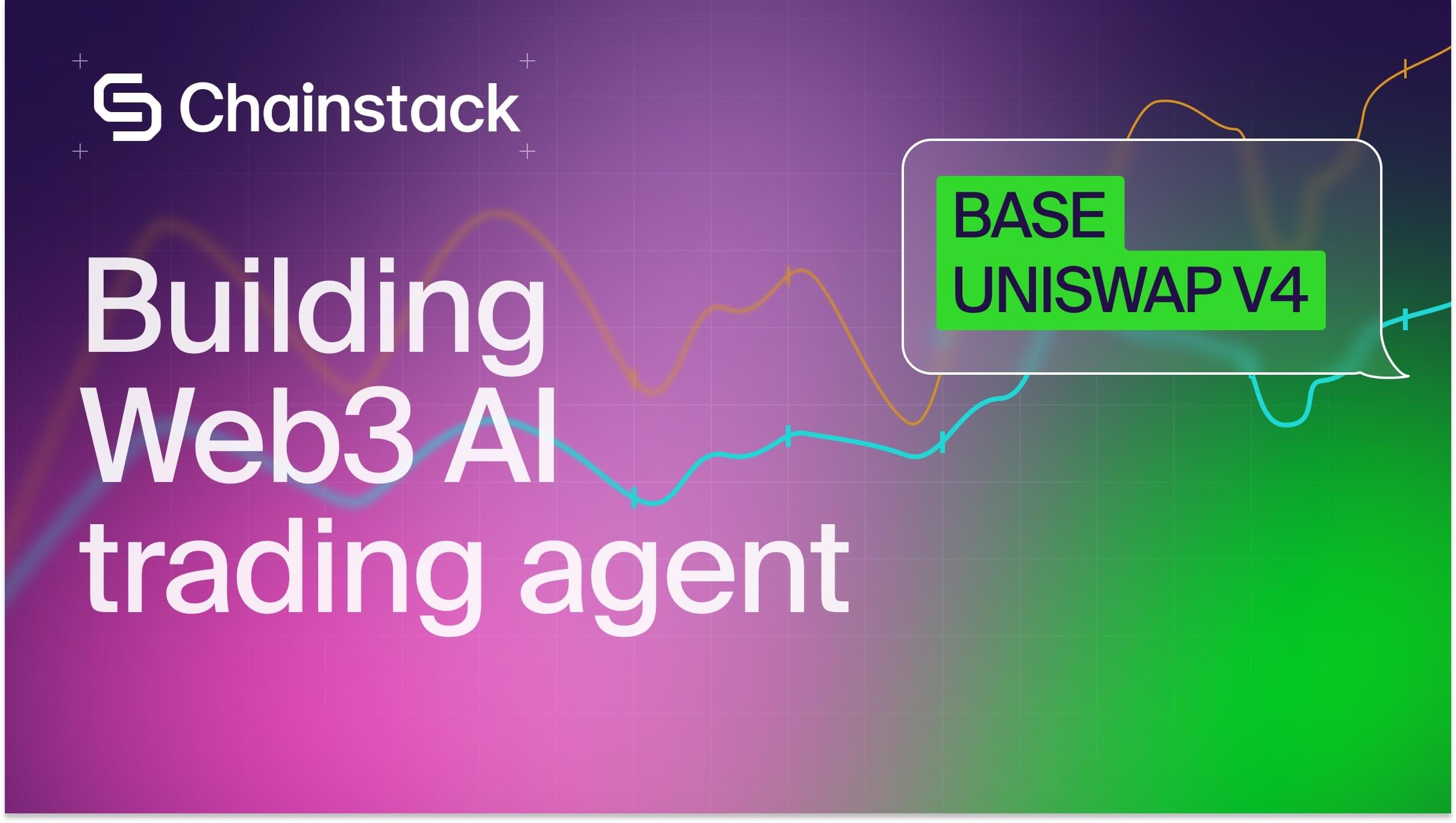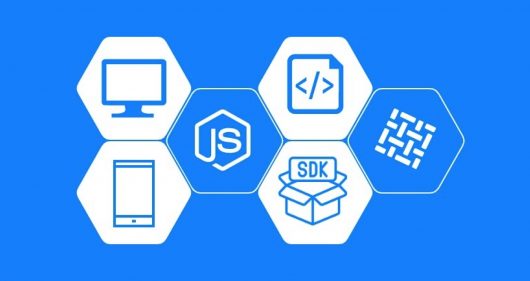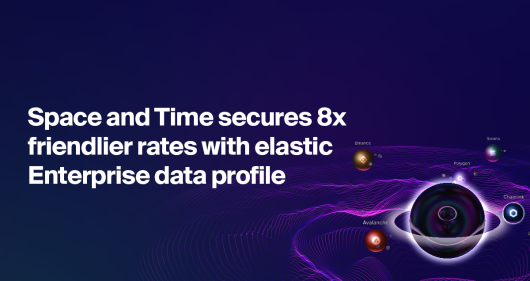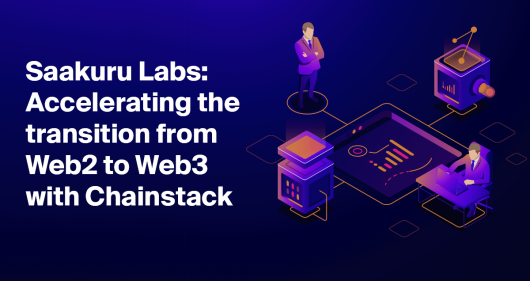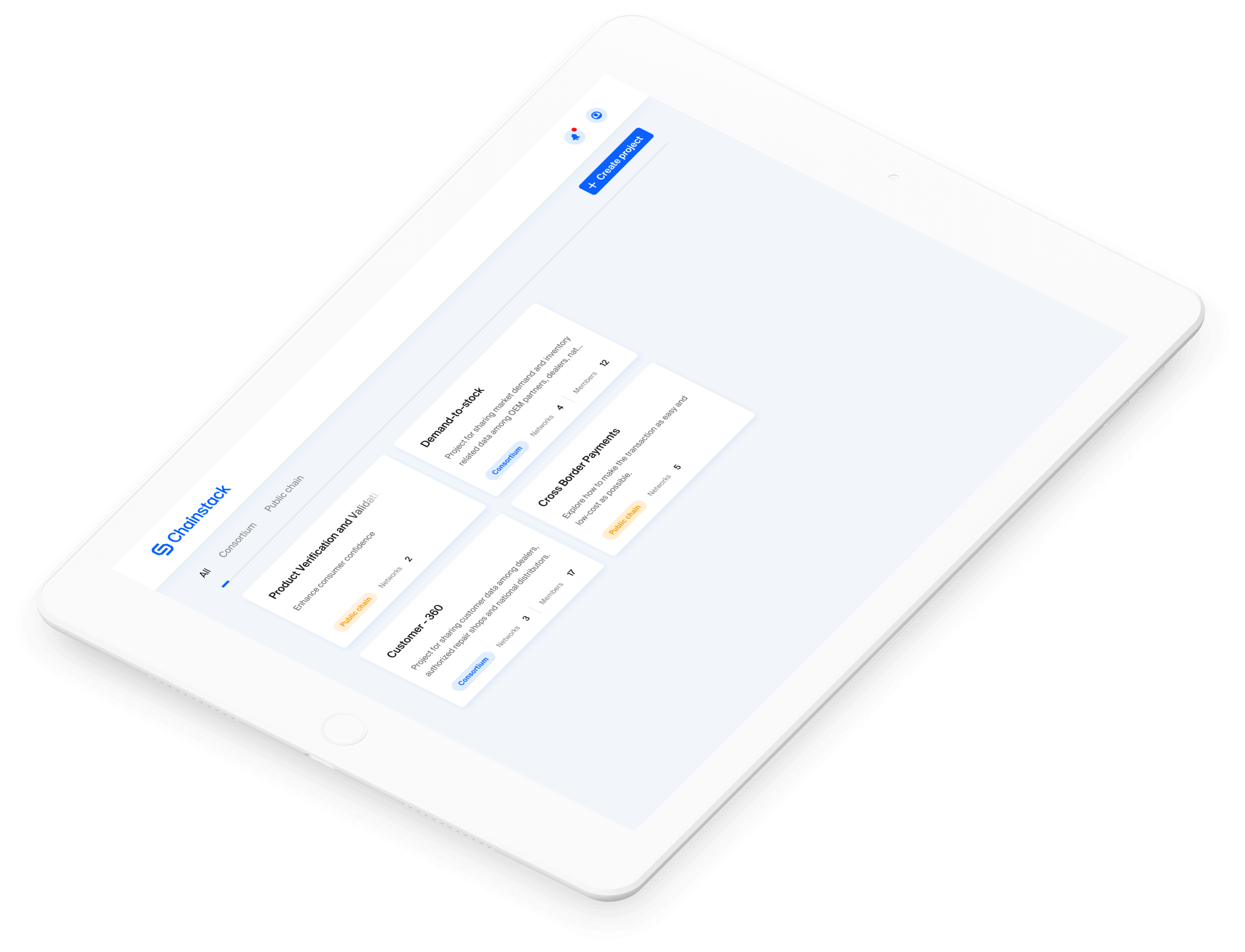How to get Base public RPC endpoint
From public endpoints you can grab and go, to private RPCs built for scale, this guide helps you understand the trade-offs, choose the right setup, and connect your app to the Base network.
Introduction
In Web3 development, Remote Procedure Call (RPC) is how your app connects to a blockchain network like Base. Whether you’re building a wallet, DeFi protocol, indexer, or trading bot, it sends an RPC request to a Base node whenever it needs blockchain data.
That request might ask for the latest block number, a transaction receipt, or a contract simulation using JSON-RPC methods like eth_call, eth_getLogs, or eth_blockNumber. The Base node processes the request and returns the relevant blockchain state.
Yet, not all nodes are identical. The type of node behind that RPC endpoint (public or private, full or archive) can influence performance, reliability, and access to historical data. That’s why choosing the right setup equals faster responses, fewer timeouts, and more dependable infrastructure for your app.
What is a Base RPC endpoint?
Base is an Ethereum layer 2 rollup developed by Coinbase, running on the OP Stack. It works just like any EVM-compatible chain: your app talks to it through an RPC endpoint. A Base RPC endpoint is simply a URL that lets your app send JSON-RPC requests to a node synced with the Base chain.
There are two types of RPC endpoints you’ll find:
- Public RPC endpoints – Free, open-access URLs shared by the community or providers. These don’t require authentication and are great for testing and prototyping.
- Private RPC endpoints – Access-controlled URLs from platforms like Chainstack, which come with actual guarantees: lower latency, higher uptime, usage analytics, and better performance overall.
Most devs start with a public RPC when in early-stage development or prototyping. Yet, as your dApp scales, the free endpoint will start failing you; that’s why switching to a private Base RPC endpoint becomes essential for performance, reliability, and speed at scale.
How to get a public Base RPC URL
The Base ecosystem offers a few free public RPC endpoints, which are perfect for experimenting, learning, or spinning up small-scale apps.
Here are a few places to find public Base RPC URLs:
- Base official documentation
Base provides public RPC endpoints maintained by ecosystem contributors. One example is:https://mainnet.base.org
This is a rate-limited global endpoint that offers basic access to the Base mainnet. But note the alert on the Base documentation page: RPC endpoint is Rate-limited and not for production systems.
- Third-party infrastructure aggregators
Platforms like Chainlist list public endpoints for networks like Base. These endpoints are sometimes wrapped with caching or rate limits, depending on the provider.
- Community GitHub repositories
Some projects aggregate and share public RPC lists via GitHub. Repositories like ethereum-lists/chains are good places to look for up-to-date RPC URLs with metadata.
Tip: Since public endpoints can change or go down without warning, always check the RPC URL with official Base documentation or a trusted provider first before using it.

Is my public Base RPC endpoint safe?
Public endpoints come in handy, but they also have certain downsides. Here’s what to know:
Pros of public RPCs:
- No setup required, just copy and paste the URL.
- Free to use: no account or API key needed.
- Ideal for prototyping and testing environments.
Cons of public RPCs:
- Rate limits – Because public RPC endpoints have a cap on the call volume, your dApp could stall or fail during high traffic.
- Performance bottlenecks – Since you’re sharing infrastructure, delays and timeouts are pretty common, especially during peak usage.
- No data – Tracking usages is impossible, along with latency and error rates.
- Security risks– A public endpoint can mean that traffic gets intercepted or messed up if not encrypted; or your requests get rate-limited or blocked arbitrarily.
If you’re running a production-grade dApp, relying on a public RPC is not recommended. A sudden rate limit can break your front end or fail your transaction logic.
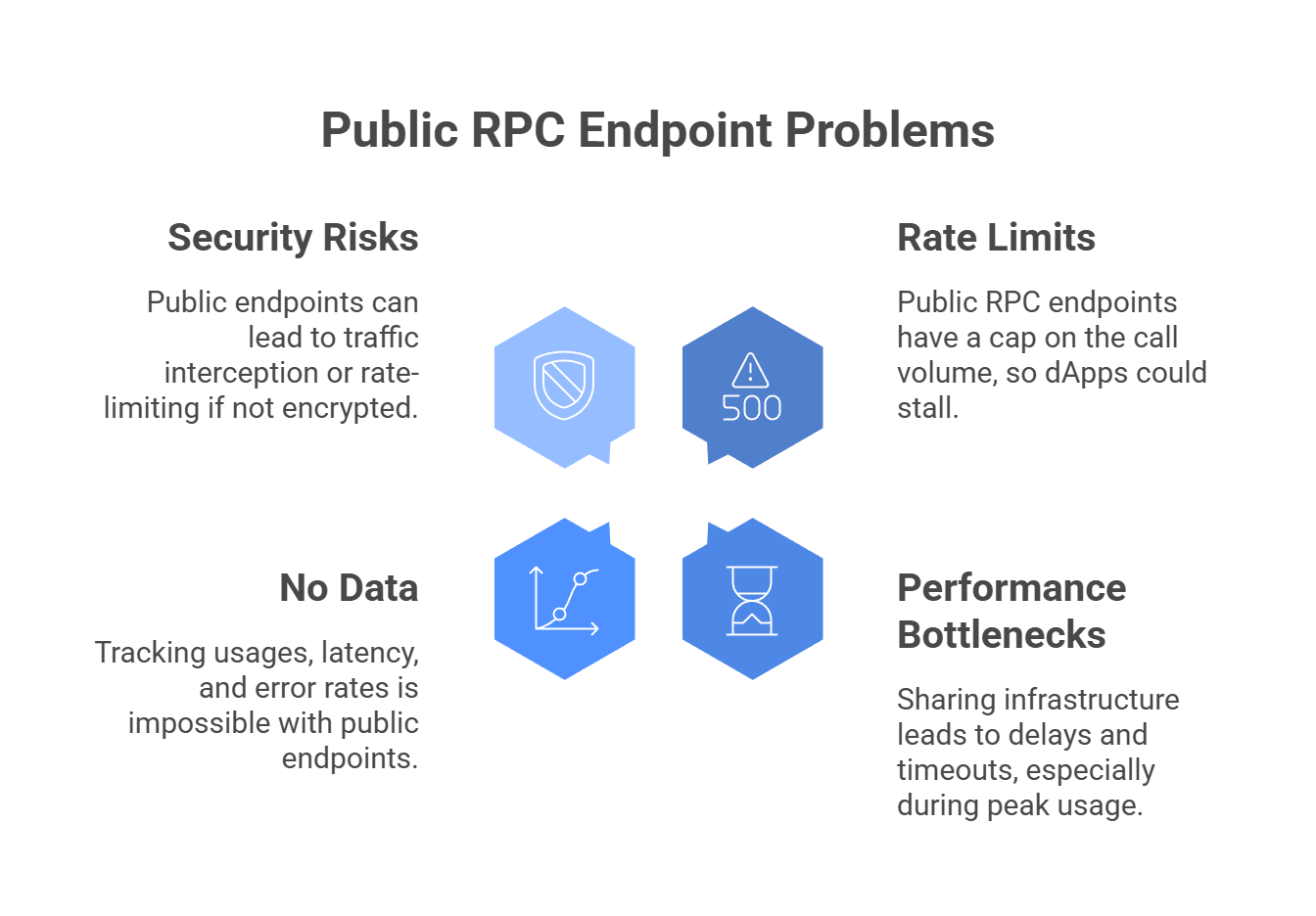
How to get a private Base endpoint
When you outgrow public endpoints, it’s time to look at private infrastructure. Here is where Chainstack, one of the top Base RPC node providers, comes in.
Chainstack offers key benefits, which include high-performance and production-grade Base RPC endpoints.
Why choose Chainstack for Base:
- Global coverage – There is reduced latency for worldwide users as Chainstack’s Global Nodes are automatically geo-balanced.
- Dedicated nodes – Enjoy full control over your dedicated Base node and run it from a location of your choice.
- Unlimited Node add-on Traffic caps will no longer be a worry, as flat-fee RPS-tiered node endpoints with no traffic limitations are available.
- Archive access – Access full historical blockchain states for advanced analytics, data indexing, or debugging via Base archive nodes.
- Security – Utilizing IP allowlists, Origin restrictions, JWT authentication, and key rotation within a SOC2-certified infrastructure are all methods Chainstack employs to ensure security.
- Monitoring – Real-time metrics and error rates on a method-level can be viewed directly within the Chainstack console.
- Uptime – Enterprise-grade SLAs and real-time 24/7 monitoring ensure superior uptime.
Getting started with Chainstack
- Sign up for a Chainstack account.
- Navigate to Projects and create a new project.
- Use the Node wizard to deploy a Base node.
- Decide whether you want Global Node, Trader Node (region-specific), or Unlimited Node.
- Copy the endpoint URL and start using it in your app.
Here’s an example of a Chainstack Base endpoint:
https://base-mainnet.core.chainstack.com/<your-access-token>/
Authenticated access allows you to push traffic at scale and monitor every user interaction while ensuring a fast and stable user experience at all times.
How to specify a custom RPC endpoint for Base in MetaMask:
- Open MetaMask and click the chain icon in the top left corner.
- Navigate to Base Mainnet and click the three-dot icon, then Edit.
- Select dropdown “Default RPC URL”.
- Click “+ Add RPC URL”
- In the “Add RPC URL” form specify your Public or Chainstack Base Mainnet RPC URL.

Conclusion
Public Base RPC endpoints are useful for interacting with the Base blockchain. They are most useful for early-stage projects, during testing, and in environments with low traffic. As your Web3 application grows, however, availability alone will not be sufficient; you will also require consistency, performance, and observability.
This is where private, reliable infrastructure, such as Chainstack, becomes useful. Whether you’re building a DeFi protocol, data indexer, or Web3 game, Chainstack provides you with scalable Base RPC access, real-time insights, secure authentication, and a growth-aligned pricing model.
Begin with a public endpoint, but have a transition plan ready to shift it to a private one.
Further Reading
- 5 essential factors for setting up RPC node endpoints: If you’re weighing your options, this guide breaks down the key pillars of a reliable RPC endpoint.
- 6 free tools to pick the top RPC node provider: Decided to go private? These free tools will help you choose the best RPC provider for your stack.
Power-boost your project on Chainstack
- Discover how you can save thousands in infra costs every month with our unbeatable pricing on the most complete Web3 development platform.
- Input your workload and see how affordable Chainstack is compared to other RPC providers.
- Connect to Ethereum, Solana, BNB Smart Chain, Polygon, Arbitrum, Base, Optimism, Avalanche, TON, Ronin, zkSync Era, Starknet, Scroll, Aptos, Fantom, Cronos, Gnosis Chain, Klaytn, Moonbeam, Celo, Aurora, Oasis Sapphire, Polygon zkEVM, Bitcoin and Harmony mainnet or testnets through an interface designed to help you get the job done.
- To learn more about Chainstack, visit our Developer Portal or join our Discord server and Telegram group.
- Are you in need of testnet tokens? Request some from our faucets. Multi-chain faucet, Sepolia faucet, Holesky faucet, BNB faucet, zkSync faucet, Scroll faucet.
Have you already explored what you can achieve with Chainstack? Get started for free today.
 Ethereum
Ethereum Solana
Solana TON
TON Base
Base BNB Smart Chain
BNB Smart Chain Sui
Sui Unichain
Unichain Aptos
Aptos TRON
TRON Ronin
Ronin zkSync Era
zkSync Era Sonic
Sonic Polygon
Polygon Gnosis Chain
Gnosis Chain Scroll
Scroll Avalanche Subnets
Avalanche Subnets Polygon CDK
Polygon CDK Starknet Appchains
Starknet Appchains zkSync Hyperchains
zkSync Hyperchains











